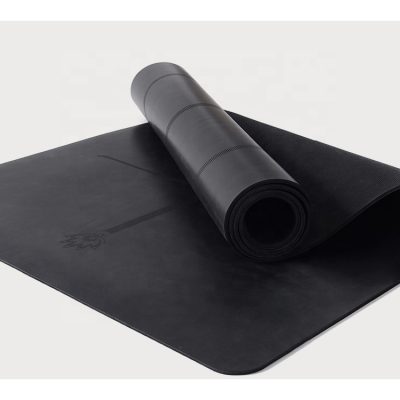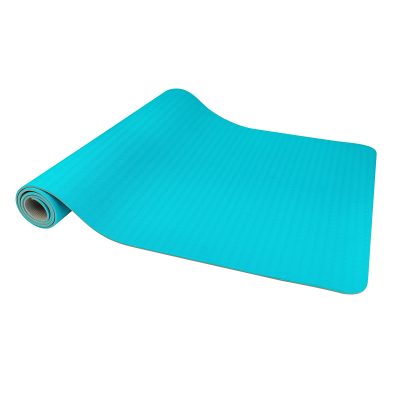The purchase of yoga mats
When choosing a yoga mat, you should pay attention to the following points: the length should not be shorter than the height, and the width should not be narrower than the shoulder width.
The thickness is about 6mm, too thin pads will feel pain when the joints touch the ground, and too thick pads will affect the stability of standing movements. (Generally speaking, it is more moderate for beginners to choose a 7MM yoga mat)
Observe the elasticity of the yoga mat. Squeeze and press the yoga mat with your hands. If you feel that your fingers are easy to pinch together, it proves that the yoga mat is too soft. Even if such a yoga mat is thick, the joints such as knees will ache when they touch the ground. If the yoga mat is too hard, it is not very good. Our fragile skin cannot accept it, and it is easy to break and not easy to store. Be sure to choose a yoga mat with good elasticity and moderate hardness to match your practice.
Uniformity of yoga mats. Lay the yoga mat flat and observe the uniformity of foaming. If the foaming surface is uneven, it is easy to be damaged during use. If the foam bulge is damaged, it cannot be repaired.
Moderate weight. Because yoga mats need to be carried with us in many cases, try not to choose too heavy mats for easy carrying.
The slip resistance of the mat surface, the mat is tiled with the palm of the hand to press the mat and then push it forward. If the mat slides on the ground or the hand slides on the mat surface, it means that the mat is not very slippery. It is possible to cause unnecessary injury during practice, and such mats should be used with caution.









